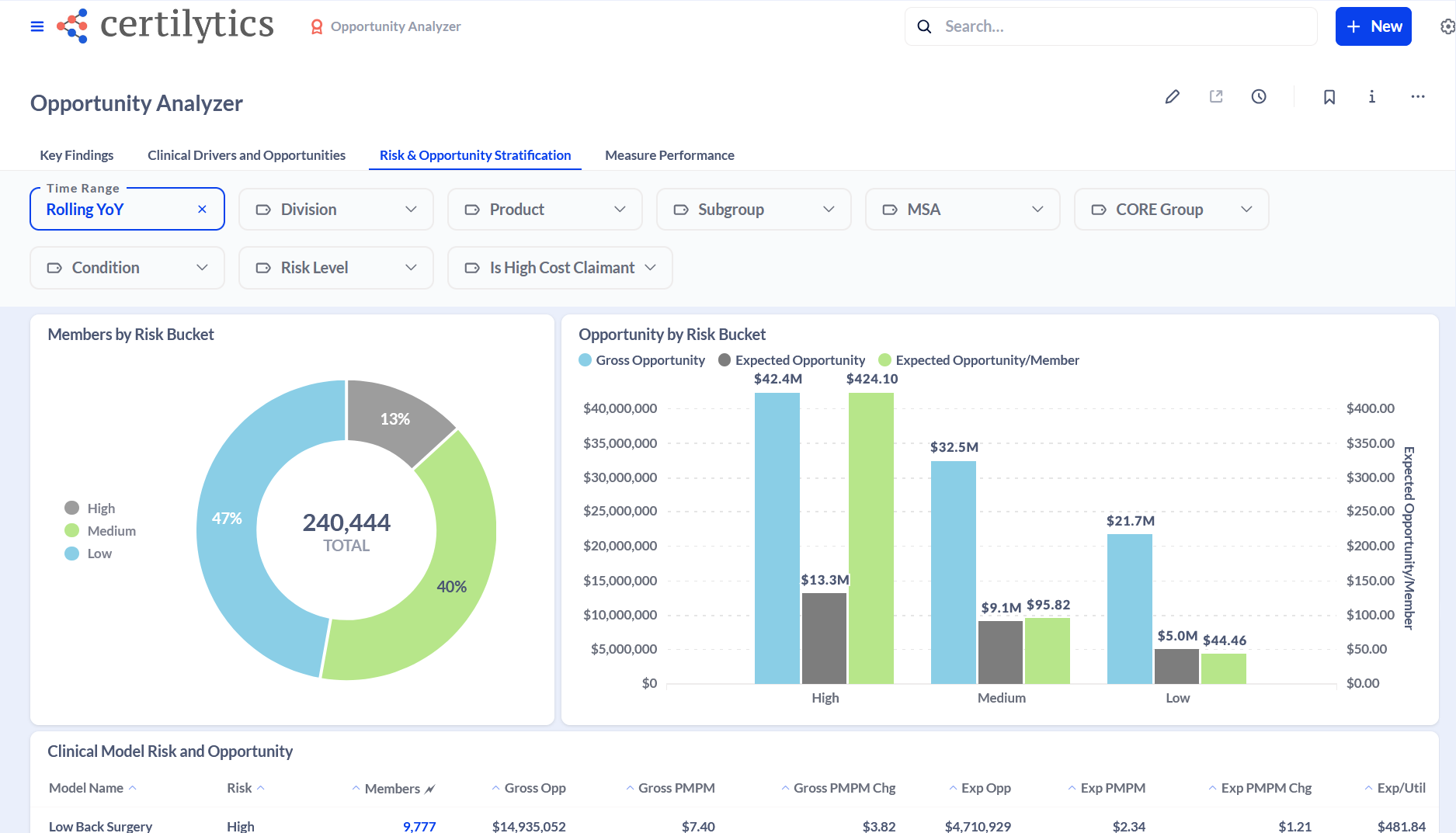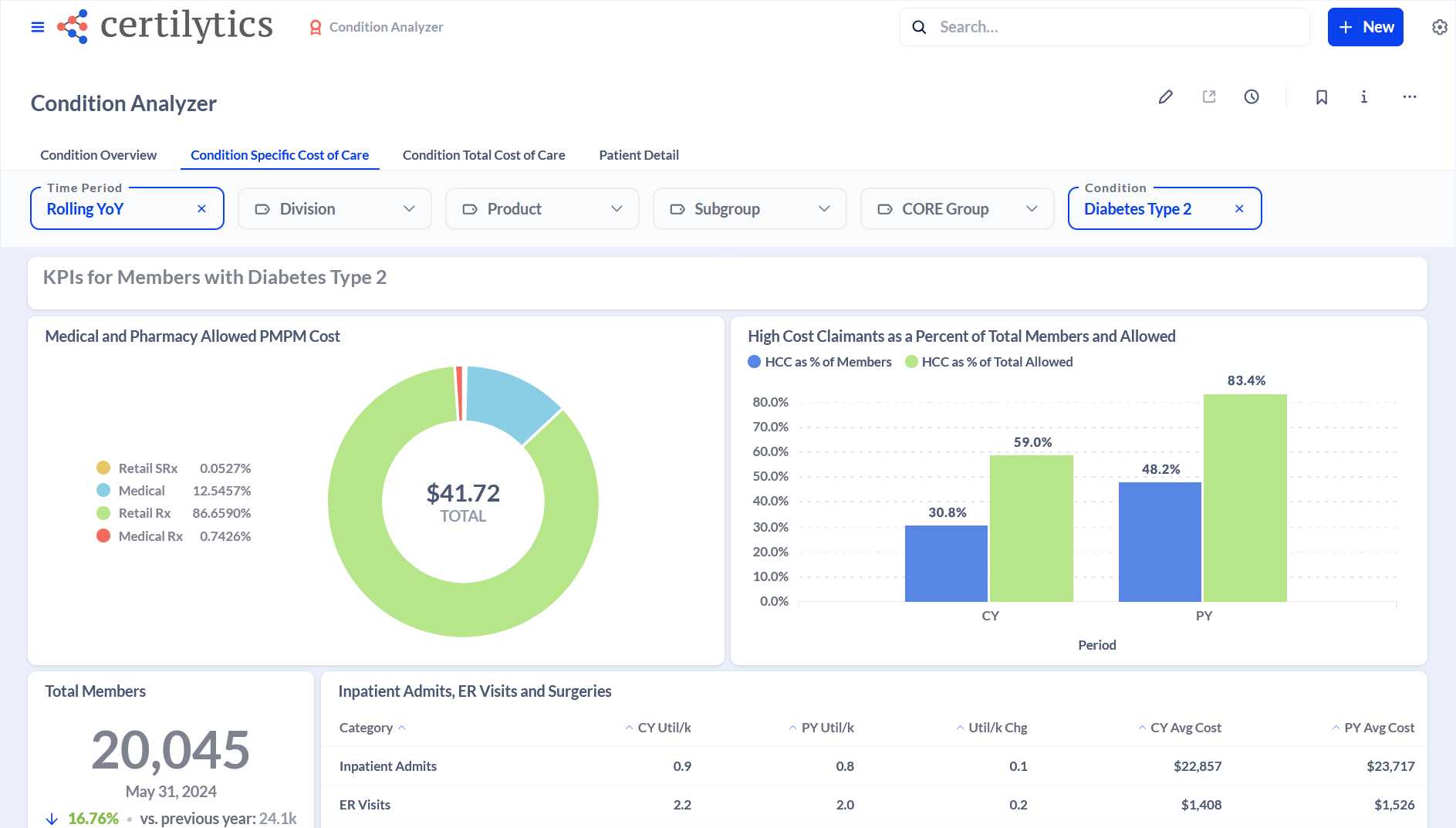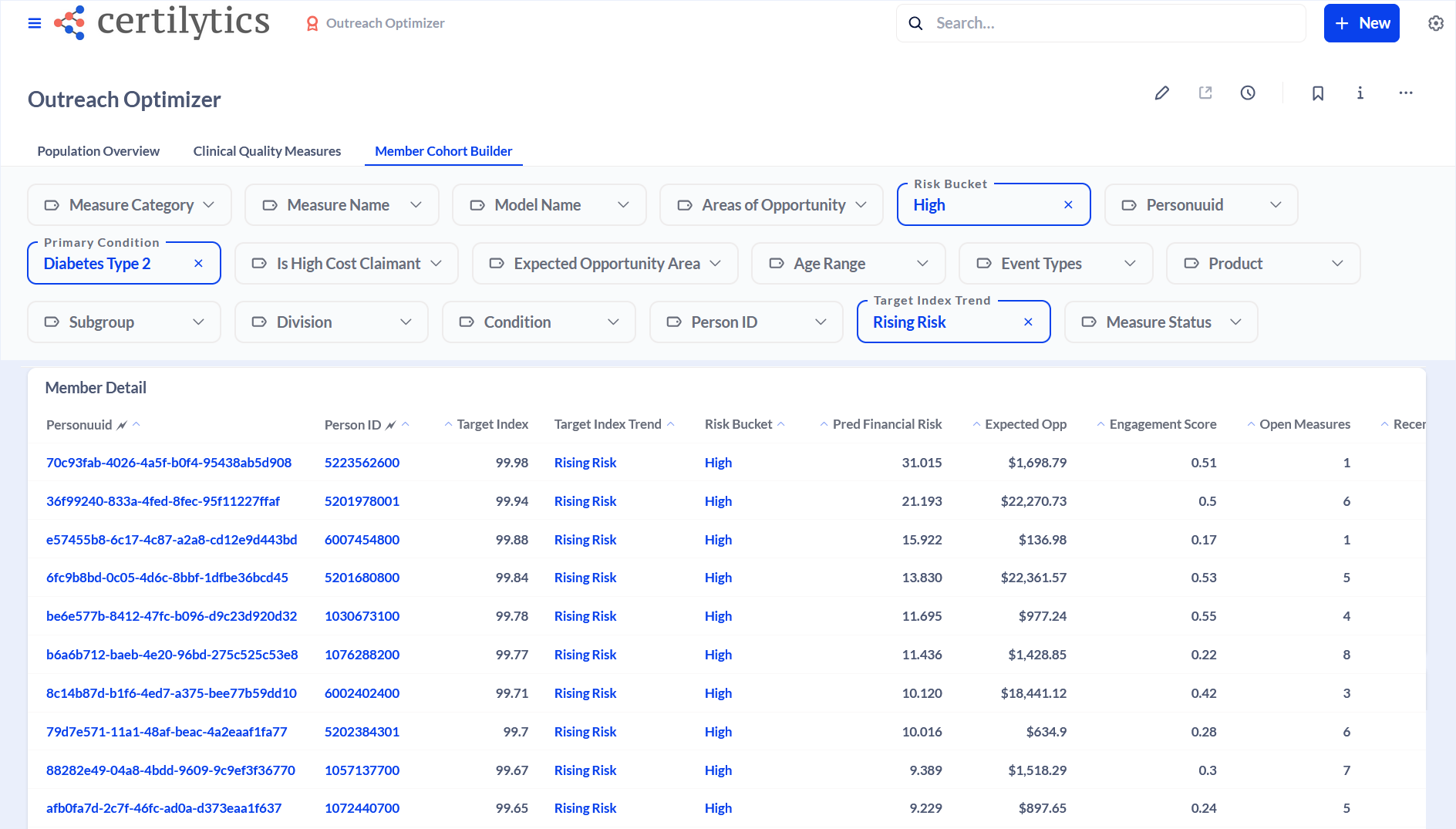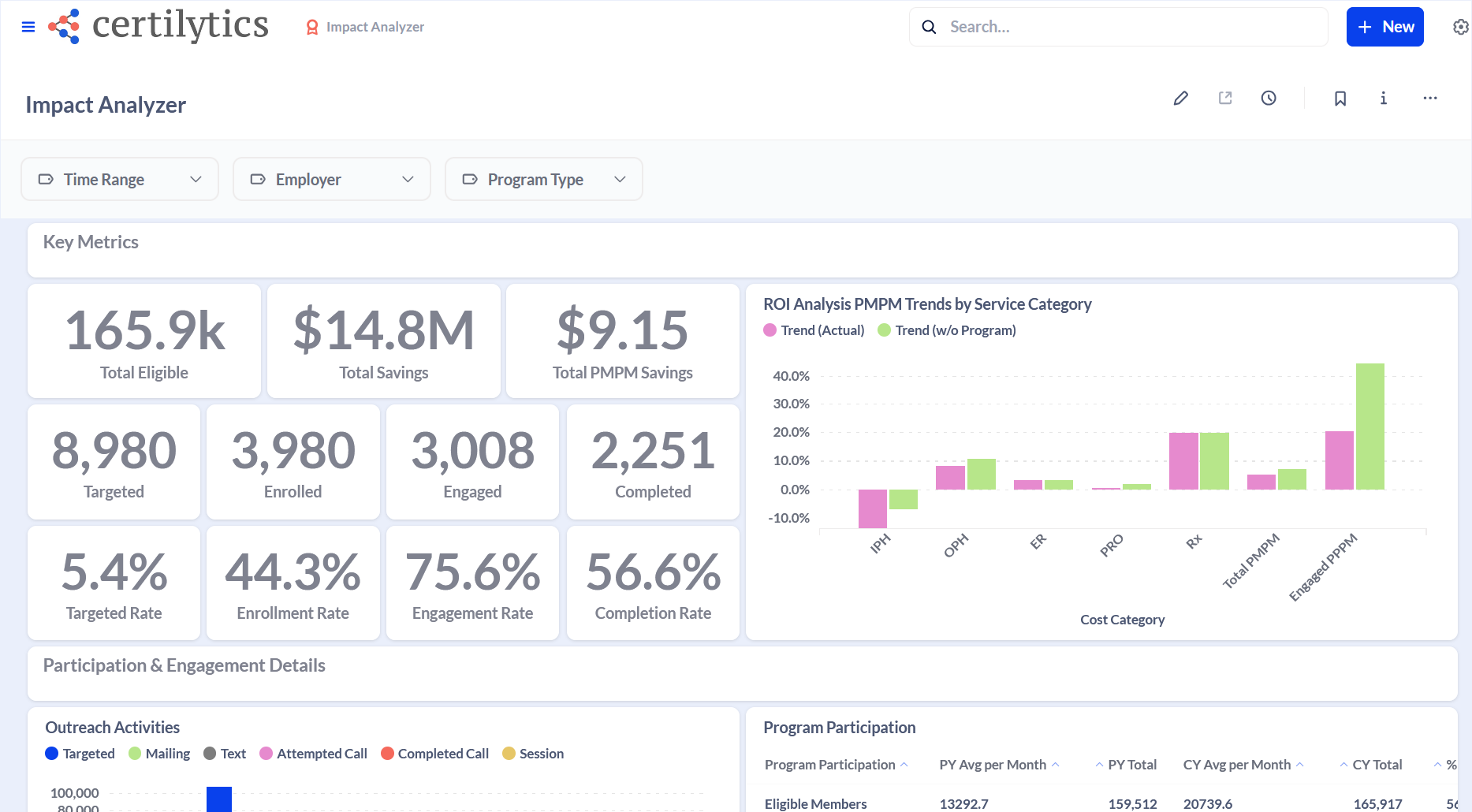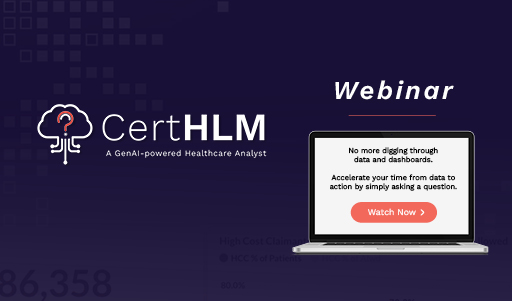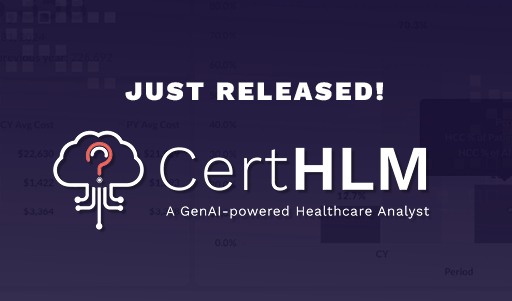We're ready to help you reach your goals—let us show you how.
Schedule an information session and demo with our team. Share your challenges and we'll show you how our predictive insights can help.
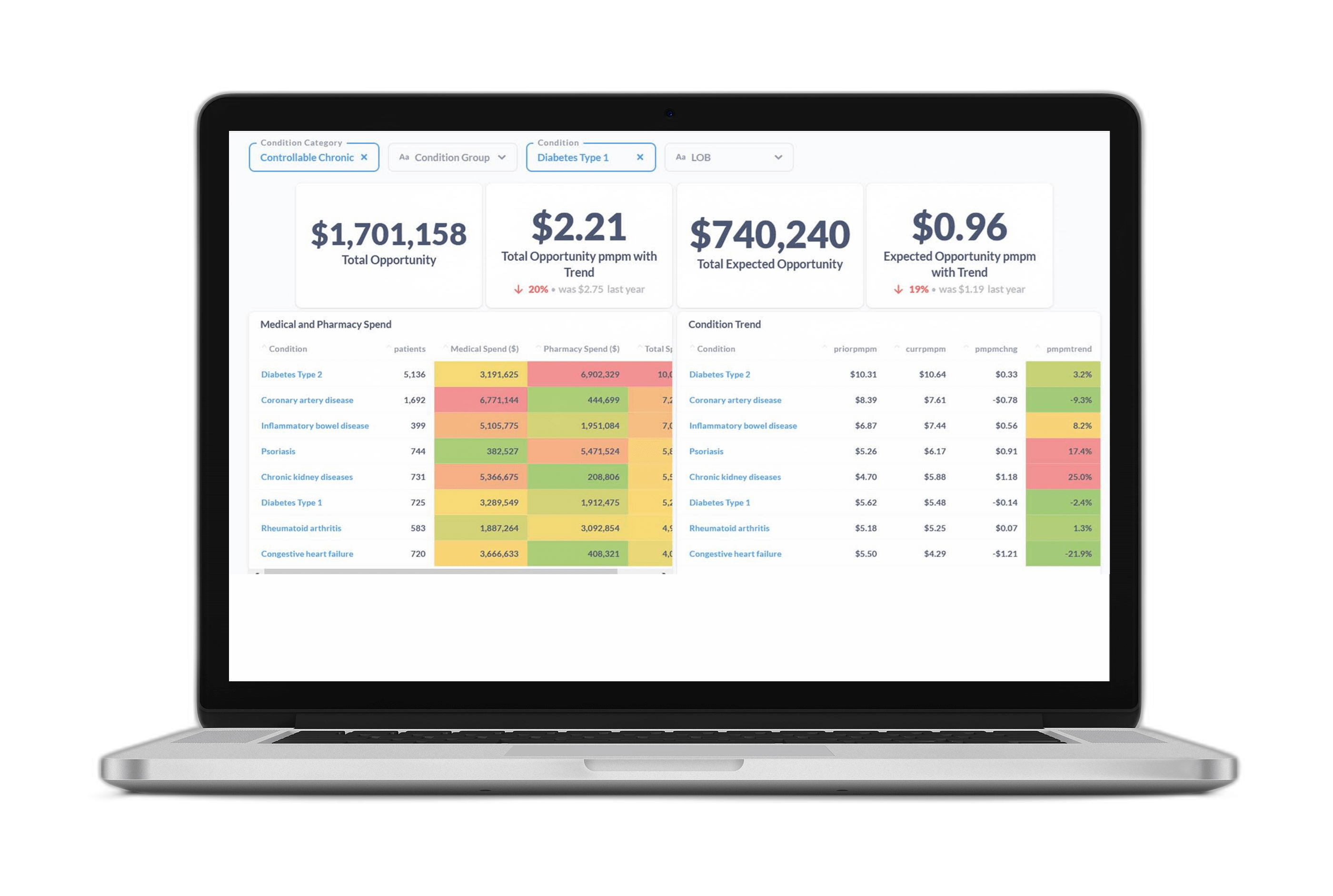
Today, our solutions are helping healthcare organizations:
Unify and add power to their data
Predict emerging clinical and financial risk
Optimize programs and strategies to lower costs and improve outcomes
Measure results and demonstrate value
Fill out the form below to schedule a meeting with us.
Fill out the form below to schedule
a meeting with us.
